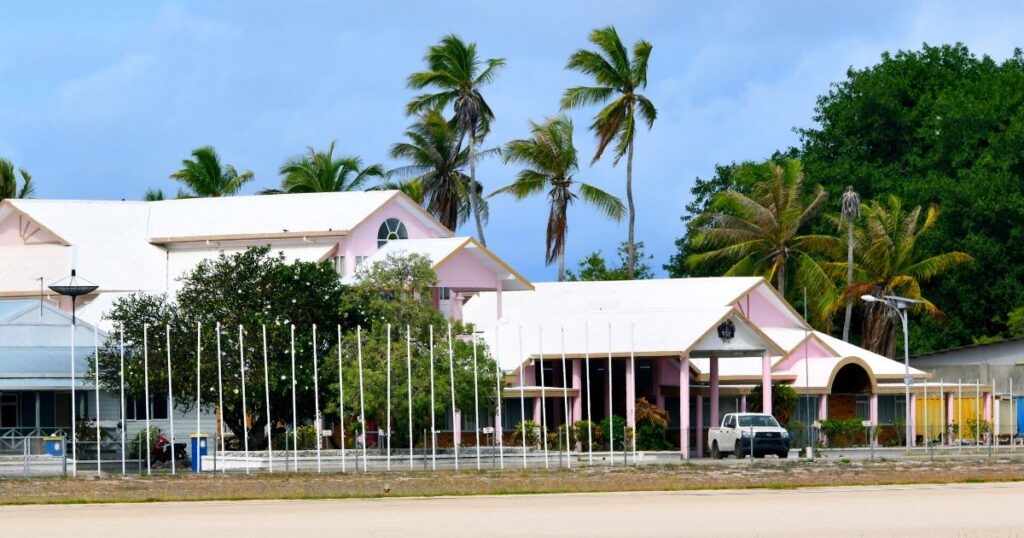USCIS has published a final rule that will make significant changes to EB-5 program effective from Nov 21, 2019 under Trump Administration. This final rule amends Department of Homeland Security (DHS) regulations governing the employment-based, fifth preference (EB-5) immigrant investor classification and associated regional centers to reflect statutory changes and modernize the EB-5 program.
Under the EB-5 program, individuals are eligible to apply for lawful permanent residence in the United States if they make the necessary investment in a commercial enterprise in the United States and create or, in certain circumstances, preserve 10 full-time jobs for qualified United States workers.
The latest reforms to EB-5 scheme almost doubles the investment threshold
- Targeted Employment Area (TEA) – $900,000 (increased from $500,000)
- High Employment Area (HEA) – $1.8m (increased from $1m)
Major changes to EB-5 in the final rule include:
1. Investment raised to $900K
As of the effective date of the final rule, the standard minimum investment level will increase from $1 million to $1.8 million, the first increase since 1990, to account for inflation. The rule also keeps the 50% minimum investment differential between a TEA and a non-TEA, thereby increasing the minimum investment amount in a TEA from $500,000 to $900,000. The final rule also provides that the minimum investment amounts will automatically adjust for inflation every five years.
2. Targeted Employment Area (TEA)
The final rule outlines changes to the EB-5 program to address gerrymandering of high-unemployment areas (which means deliberately manipulating the boundaries of an electoral constituency). Gerrymandering of such areas was typically accomplished by combining a series of census tracts to link a prosperous project location to a distressed community to obtain the qualifying average unemployment rate.
The rule modifies the original proposal that any city or town with a population of 20,000 or more may qualify as a TEA, to provide that only cities and towns with a population of 20,000 or more outside of metropolitan statistical areas (MSAs) may qualify as a TEA.
As of the effective date of the final rule, DHS will eliminate a state’s ability to designate certain geographic and political subdivisions as high-unemployment areas; instead, DHS would make such designations directly based on revised requirements in the regulation limiting the composition of census tract-based TEAs. These revisions will help ensure TEA designations are done fairly and consistently, and more closely adhere to congressional intent to direct investment to areas most in need.
3. Permanent residence conditions
The rule revises regulations to make clear that certain derivative family members who are lawful permanent residents must independently file to remove conditions on their permanent residence. The requirement would not apply to those family members who were included in a principal investor’s petition to remove conditions.
The rule improves the adjudication process for removing conditions by providing flexibility in interview locations and to adopt the current USCIS process for issuing Green Cards.
4. Priority date
The final rule also offers greater flexibility to immigrant investors who have a previously approved EB-5 immigrant petition. When they need to file a new EB-5 petition, they generally now will be able to retain the priority date of the previously approved petition, subject to certain exceptions.
Benefits of New changes to EB-5
• Makes visa allocation more predictable for investors with less possibility for large fluctuations in visa availability dates due to regional center termination.
• Provides greater certainty and stability regarding the timing of eligibility for investors pursuing permanent residence in the U.S. and thus lessens the burden of unexpected changes in the underlying investment.
• Provides more flexibility to investors to contribute to more viable investments, potentially reducing fraud and improving potential for job creation.
• Rules out TEA configurations that rely on a large number of census tracts indirectly linked to the actual project tract by numerous degrees of separation.
• Potential to better stimulate job growth in areas where unemployment rates are the highest, consistent with congressional intent. This TEA provision could cause some projects and investments to no longer qualify as being in high unemployment areas.
• Increases in investment amounts are necessary to keep pace with inflation and real value of investments; Raising the investment amounts increases the amount invested by each investor and potentially increases the total amount invested under this program. For regional centers, the higher investment amounts per investor will mean that fewer investors will have to be recruited to pool the requisite amount of capital for the project, so that searching and matching of investors to projects could be less costly. Costs: Some investors may be unable or unwilling to invest at the higher levels of investment. There may be fewer jobs created if significantly fewer investors invest at the higher investment amounts.
• For regional centers, the higher amounts could reduce the number of investors in the global pool and result in fewer investors, thus potentially making the search and matching of investors to projects more costly.
• Potential reduced numbers of EB-5 investors could prevent certain projects from moving forward due to lack of requisite capital.
• An increase in the investment amount could make foreign investor visa programs offered by other countries more attractive.
• Conditions of Filing: Benefits adds Adds clarity and eliminates confusion for the process of derivatives who file separately from the principal immigrant investor. Total cost to applicants filing separately will be $91,023 annually.
• Conditions of Interview: Benefits: Interviews may be scheduled at the USCIS office having jurisdiction over either the immigrant investor’s commercial enterprise, the immigrant investor’s residence, or the location where the Form I-829 petition is being adjudicated, thus making the interview program more effective and reducing burdens on the immigrant investor.
• Some petitioners will benefit by traveling shorter distances for interviews and thus see a cost savings in travel costs and opportunity costs of time for travel and interview time.
• Investors obtaining a permanent resident card: Benefits include Cost and time savings for applicants for biometrics data.





